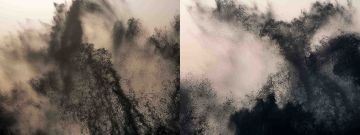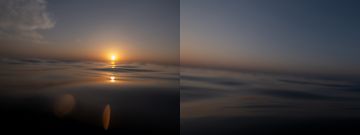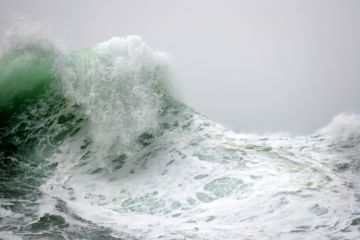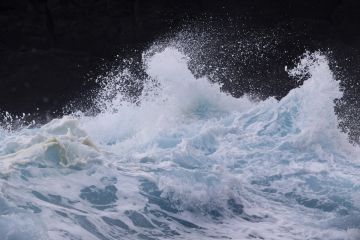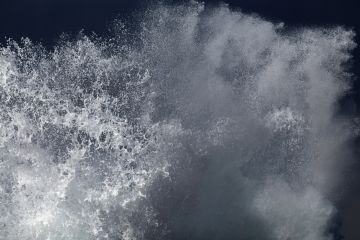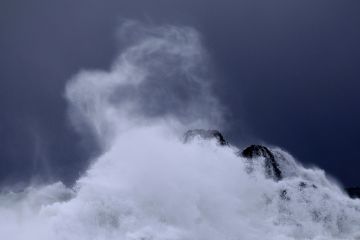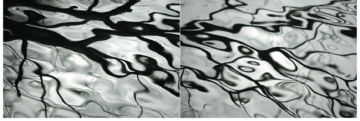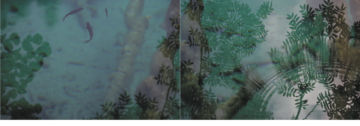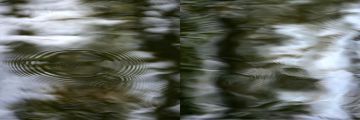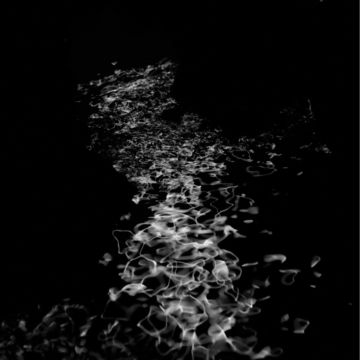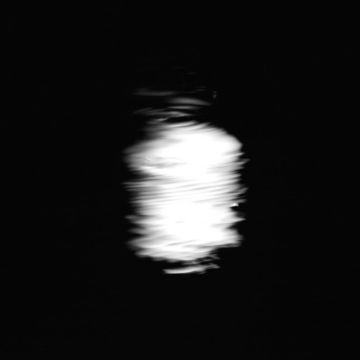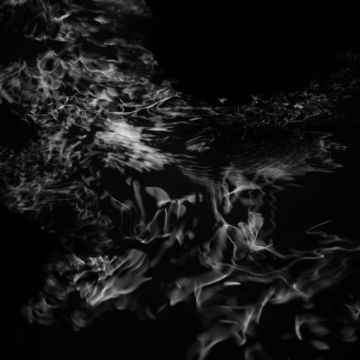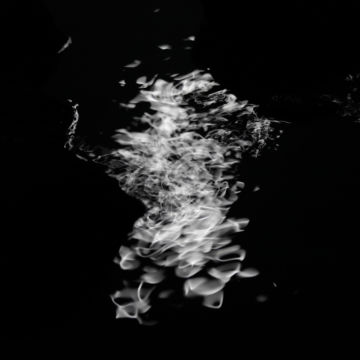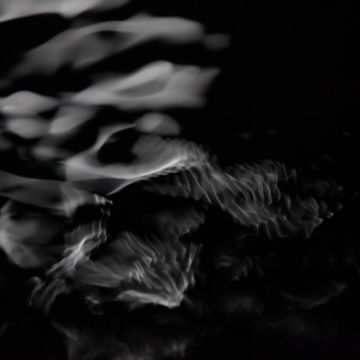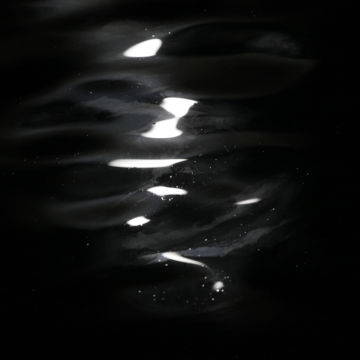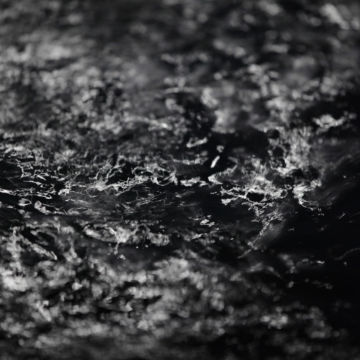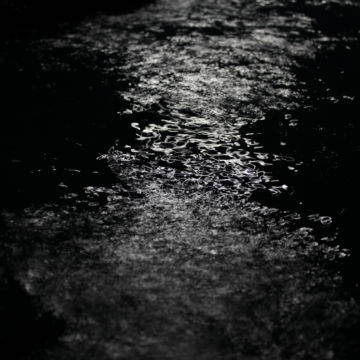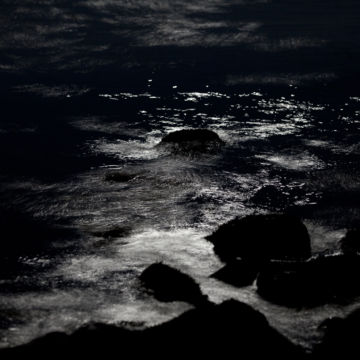NAMI II
With his series Nami (Wave), Syoin Kajii brings one of Japan’s most iconic visual traditions into the present. For centuries, the wave has been a central motif in Japanese art – from Katsushika Hokusai’s celebrated woodcut The Great Wave off Kanagawa to Hiroshi Sugimoto’s meditative seascapes. Kajii continues this lineage by placing the sea not as a static or symbolic image, but as a direct and lived experience at the centre of his work.
Created along the coast of Sado Island, the photographs depict waves as fleeting, almost sculptural forms of light and movement. As both Buddhist monk and photographer, Kajii approaches the subject with contemplative patience: measuring wind and swell, waiting at the shoreline until nature itself composes the image. Shot at close range – often standing in the water – his works reveal the power, ephemerality and dynamism of the ocean in a way that transcends documentary photography.
Nami was awarded the 1st FOIL Award in 2004; the accompanying photobook brought Kajii international recognition and remains a cornerstone of his artistic practice. Like Hokusai’s great wave or Sugimoto’s horizons, Kajii’s photographs are more than representations of nature – they are distillations of impermanence, energy and time.
NAMI
With his series Nami (Wave), Syoin Kajii brings one of Japan’s most iconic visual traditions into the present. For centuries, the wave has been a central motif in Japanese art – from Katsushika Hokusai’s celebrated woodcut The Great Wave off Kanagawa to Hiroshi Sugimoto’s meditative seascapes. Kajii continues this lineage by placing the sea not as a static or symbolic image, but as a direct and lived experience at the centre of his work.
Created along the coast of Sado Island, the photographs depict waves as fleeting, almost sculptural forms of light and movement. As both Buddhist monk and photographer, Kajii approaches the subject with contemplative patience: measuring wind and swell, waiting at the shoreline until nature itself composes the image. Shot at close range – often standing in the water – his works reveal the power, ephemerality and dynamism of the ocean in a way that transcends documentary photography.
Nami was awarded the 1st FOIL Award in 2004; the accompanying photobook brought Kajii international recognition and remains a cornerstone of his artistic practice. Like Hokusai’s great wave or Sugimoto’s horizons, Kajii’s photographs are more than representations of nature – they are distillations of impermanence, energy and time.
KAWA
«For many years I photographed ocean waves, until one day I encountered a small river and was struck by the freshness of its flow. Waves shift shape from moment to moment, while a river moves in a single direction, ultimately returning to the sea. This inevitable path drew me in, leading me to rivers across the world. From Niigata and Yamanashi to Iguazu Falls, China, Australia, Canada, Morocco and Zimbabwe, I have observed their currents for sixteen years. Since ancient times, rivers have sustained human life, and—as symbolised by the Sanzu River—they have also been seen as the boundary between life and death. In Buddhism, the flow itself represents impermanence: the water of a river is always changing, yet it inevitably returns to the sea. Just as I contemplate life and death within myself through the chanting of sutras, I continue to turn to the river, tracing the flow of its waters.» – Syoin Kajii
TSUKI
TSUKI, made of both photographic images as well as the artist’s first video work, which he made especially for the Rietberg’s museum show Mysticism – The Longing for the Absolute in Zurich, Switzerland. Rather than focusing on art, aesthetic and iconography, Mysticism engages with spiritual experience, displaying the diversity of mysticism that spans from Europe to Iran, India and the Far East. Kajii was inspired for his latest works by the Shingon school of esoteric Buddhism, a tradition founded in Japan by the monk Kūkai (also known as Kōbō Daishi). In this work, Syoin Kajii draws inspiration from Gachirin-kan – an ascetic practice in which the light of the full moon is quietly visualised within the mind. Rooted in the tradition of Esoteric Buddhism, this contemplative exercise serves to calm unsettled emotions and to create space for a deeper encounter with stillness.



